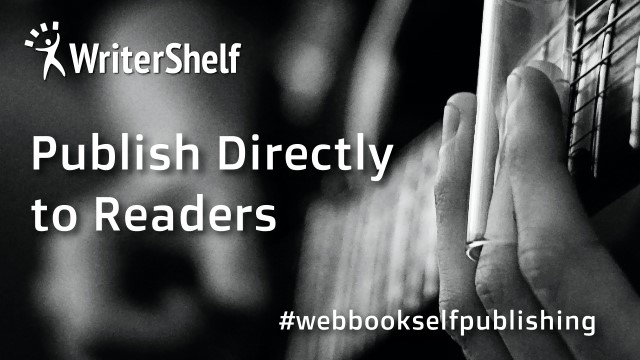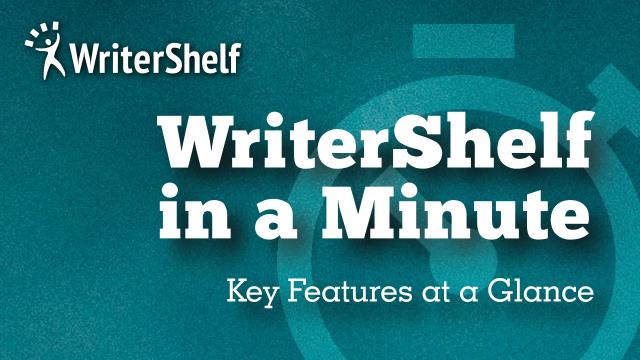How to Build a Rainy Day Budget
905
0
·
2020/07/27
·
3 mins read
☕
WriterShelf™ is a unique multiple pen name blogging and forum platform. Protect relationships and your privacy. Take your writing in new directions. ** Join WriterShelf**
WriterShelf™ is an open writing platform. The views, information and opinions in this article are those of the author.
Article info
Categories:
⟩
⟩
Tags:
Date:
Published: 2020/07/27 - Updated: 2020/07/27
Total: 667 words
Like
or Dislike
More from this author
More to explore









Image Source
Many Americans know the importance of building an emergency fund, but few are able to do so successfully. Research from the AARP found that 53% of American households lacked an emergency savings account.
Not only are Americans unprepared for emergency expenses, but most households would struggle with an unexpected $400 expense, according to the Federal Reserve. These findings indicate that few people have invested in either a rainy day budget or an emergency fund, relying instead on loans and credit card debt when unplanned expenses pop up.
It doesn’t have to be painful to build a rainy day budget or an emergency fund. We’ll walk you through a few tips to illustrate how to save money, as well as provide a budget calendar to help you stay on track with your savings goals.
What is the purpose of a budget?
A rainy day fund is slightly different than an emergency fund, but the two often get conflated. A rainy day fund is something you can draw from to pay for smaller expenditures – if a major appliance in your house needs to be replaced, or if your child needs braces, for instance. A rainy day fund is important to have to avoid going into debt to cover small inconveniences that will pop up and disrupt your careful budgeting.
An emergency fund, on the other hand, is your safety net in the event of a big financial emergency; loss of employment, illness, or a global recession, for instance. Most experts recommend building an emergency fund with at least six months’ take-home pay, e.g., your paycheck less taxes and other obligations for benefits and retirement.
How much do you need in your rainy day and emergency funds? The numbers vary depending on your living expenses and income level. “To cushion against a simultaneous spike in expenses and dip in income, a middle-income family needs about $5,000 in a rainy-day fund but has just $2,000 — a gap of $3,000. Lower-income families need about $2,500 but have just $700,” reported the New York Times. The AARP recommends a slightly higher budget of $10,000 – $50,000 for your emergency fund.
Typically, a rainy day fund is smaller: between $500 and $2,500. There’s no amount too small to start with when you begin saving money. Start somewhere, and make saving a habit – here’s how.
How to save money
If you’re living on a shoestring budget, building both a rainy day budget and an emergency fund can feel daunting. Most experts suggest focusing on your existing expenses first.
“Creating a rainy day savings strategy starts with getting a handle on any future expenses. For most people, monthly expenses such as house payments, utilities, insurance and groceries stay steady. Other costs are less frequent but not technically emergencies. Make a list of the expenses you’ll probably have to pay in coming years. In addition to car maintenance or house repairs, this could include kids’ braces or veterinary bills,” wrote Nerdwallet.
A good way to track your expenses is to use a budget calendar. Use a budget calendar to log every bill due: from utilities to rent or mortgage to paycheck. Log each amount in your calendar to see what’s going out when.
From there, you can start to estimate how much you need in your rainy day fund and in your emergency fund. For your emergency fund, The Balance recommends that you set a goal and then put aside a small amount each month. “Figure out how much money you’d like to have in your fund, then work backward from there. Divide the amount you’ll need to adequately fund your account by how much you can afford to put aside each month. Then, you’ll be left with the number of months it will take you to reach your goal.”
When you first start out, you may need a little lift to help get your savings off the ground. Consider working with a community like LiftRocket.
This article is contributed by LiftRocket.